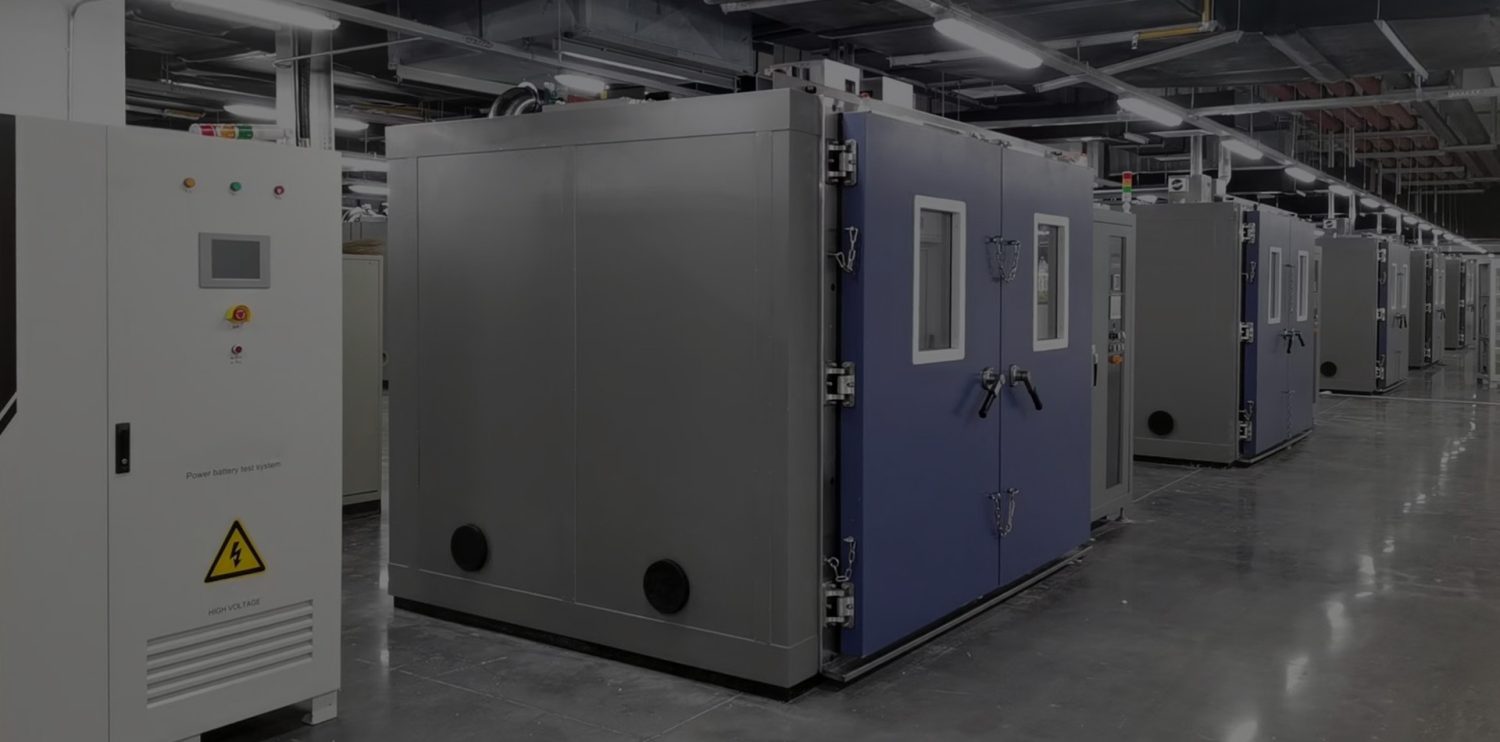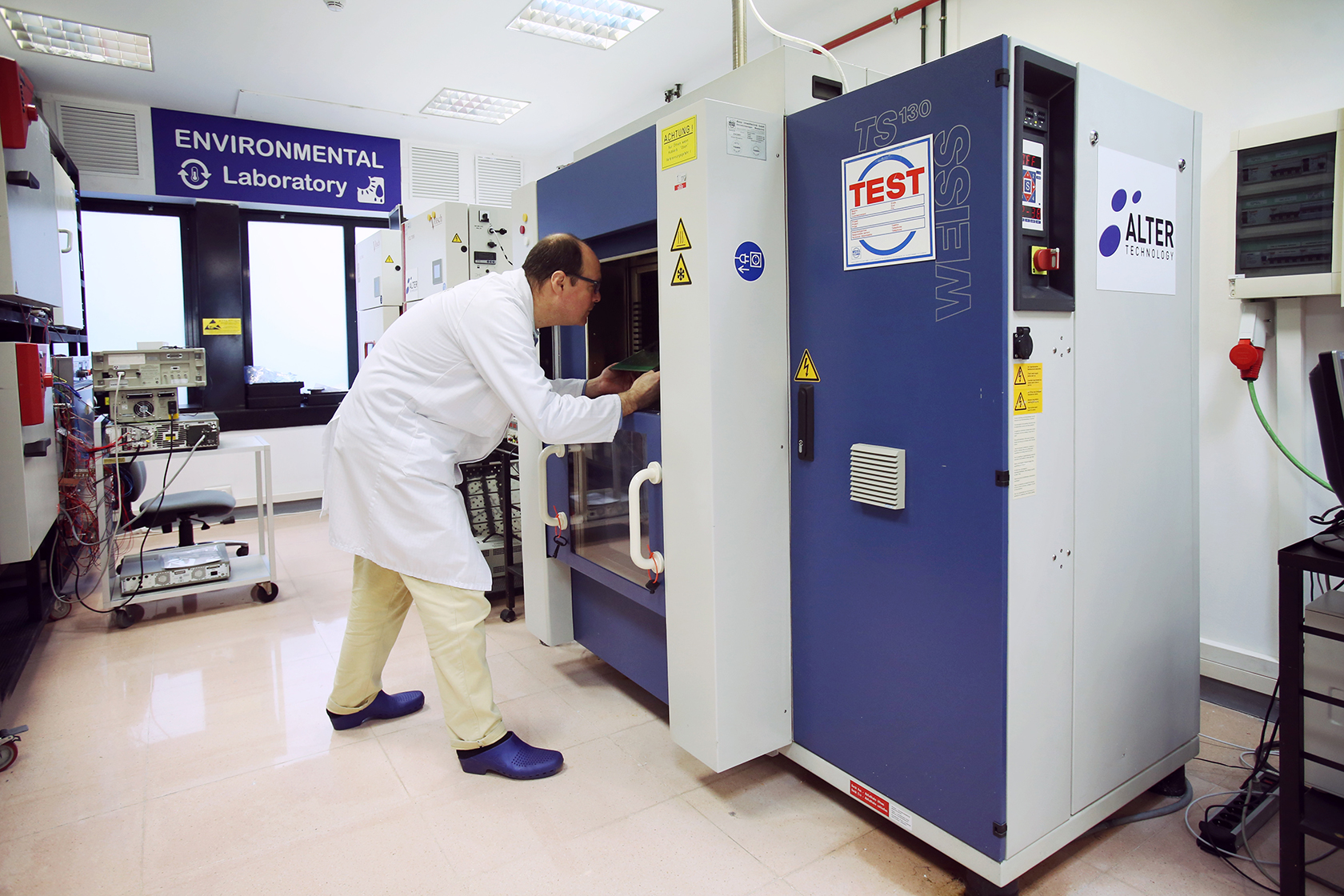
Product development is a complex process that requires attention to detail and the use of advanced technologies. Environmental test chambers are an essential tool for ensuring successful product launches, as they provide controlled environments in which products can be tested and evaluated.
By simulating extreme conditions such as temperature changes, humidity levels, or dust accumulation, environmental test chambers help developers identify potential problems early on. This not only saves time but also money by avoiding costly recalls down the line due to unforeseen issues arising from unpredictable environmental factors. With their ability to accurately mimic various types of real-world atmospheric scenarios within a laboratory setting, environmental test chambers are critical components in any product development strategy.
The Benefits of Using Environmental Test Chambers for Quality Assurance
Environmental test chambers are essential for quality assurance in product development. By putting products through simulations of extreme temperatures, humidity, and other environmental conditions, companies can ensure their products will be able to withstand whatever environment they may find themselves in. The use of environmental test chambers offers numerous benefits that make them an invaluable tool for product developers. The first benefit is the ability to assess a product’s performance under various conditions quickly and accurately.
Through testing in these simulated environments, companies can determine how their products perform even before the manufacturing process begins, allowing them to identify any potential issues while still early on in the design phase. This helps cut down on production costs as well as reduce delays due to unexpected problems arising later down the line. Another advantage of using environmental test chambers is that it allows manufacturers to confidently guarantee their customers that their products are built with superior durability and reliability; if they have been tested successfully against a wide range of different temperature and humidity levels then customers know they can rely on its performance no matter what real-world environment it finds itself in.
In addition, this also gives manufacturers more control over production processes as any adjustments or improvements needed prior to release can be made faster than ever before when testing takes place earlier on in development cycles due to the rapid speed at which results come back from tests conducted within these chambers. Finally, by eliminating uncertainty during development cycles with precise testing data collected from environmental test chambers companies save time and money versus traditional methods used prior without sacrificing accuracy or dependability; meaning businesses get increased value out of every investment dollar spent resulting in greater efficiency across all stages of product development leading up launch day!
Ensuring Reliability with Temperature and Humidity Testing

Source: wpo-altertechnology.com
Environmental testing is an important part of product development in order to ensure reliability. Temperature and humidity testing, in particular, play a critical role as these environmental extremes can have a significant impact on the functioning of electronic products.
Testing for temperature and humidity should be conducted in dedicated environmental test chambers that are capable of controlling both factors precisely. By simulating extreme temperatures from -40°C to +180°C with precise levels of relative humidity ranging from 10% to 98%, manufacturers can accurately detect potential problems before full-scale production begins. This process ensures that any issues present will not affect the performance or longevity of a product once it has been released into the market.
Advantages of Simulation-Based Tests over Field Tests
Simulation-based tests offer distinct advantages over field testing in the development of products. Firstly, these types of tests can be conducted in a controlled environment with precise conditions that may not be possible to replicate outside.
This means that results are more reliable and accurate as variables such as temperature and humidity can be carefully monitored and regulated. Additionally, simulation-based tests are also significantly faster than traditional methods as they do not require physically assembling the product or waiting for particular weather conditions to occur before carrying out an evaluation.
Furthermore, they provide flexibility when it comes to customizing test scenarios according to specific needs which is highly beneficial during the product design stage. Finally, simulation-based tests also ensure greater safety by eliminating potential risks associated with real-world evaluations while still providing detailed data on how components will perform under different operating conditions.
Preparing Products for Unexpected Conditions Through Stress Testing

Source: shipbob.com
When it comes to product development, environmental testing is an essential step in preparing products for unexpected conditions. Stress testing can help ensure that a product is able to withstand harsh weather or other challenging environments. By simulating the conditions a product may face in the real world, manufacturers and engineers can identify any issues with their design before releasing them into the market.
Environmental test chambers are ideal for this purpose as they allow researchers to accurately recreate extreme temperatures or humidity levels so that products can be tested under exacting standards. Through stress testing within test chambers, companies can guarantee their products will function correctly even when exposed to extreme conditions – protecting both customer satisfaction and brand reputation alike.




